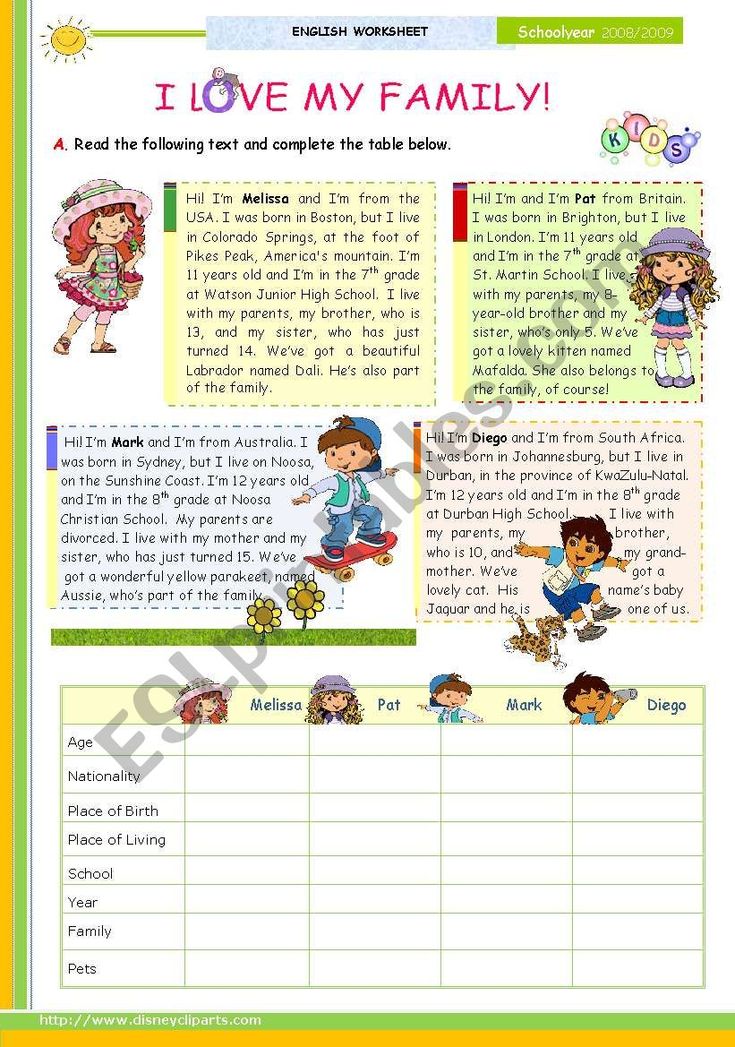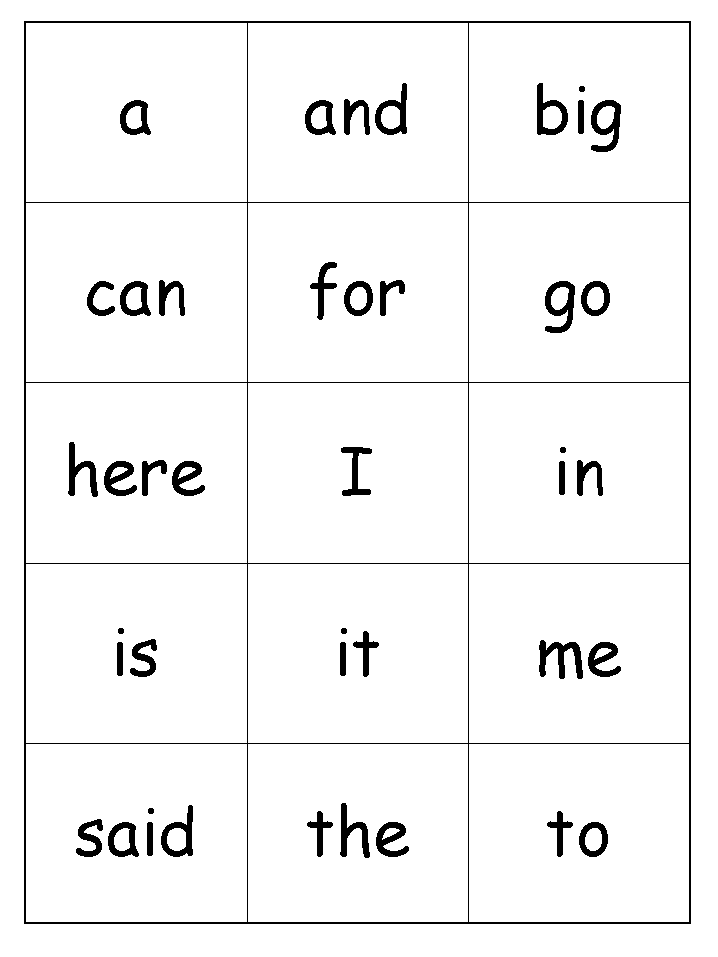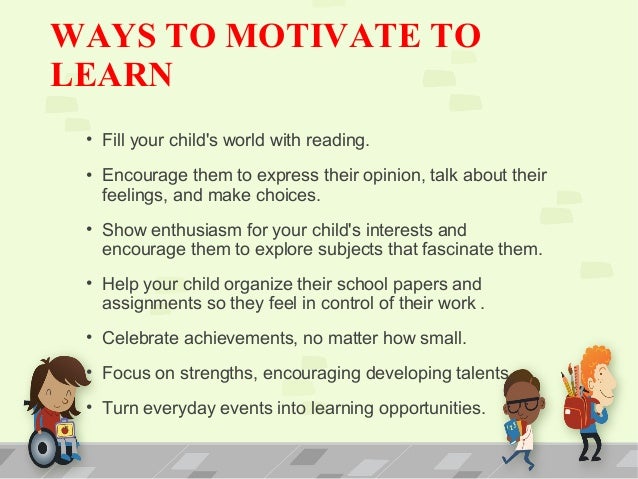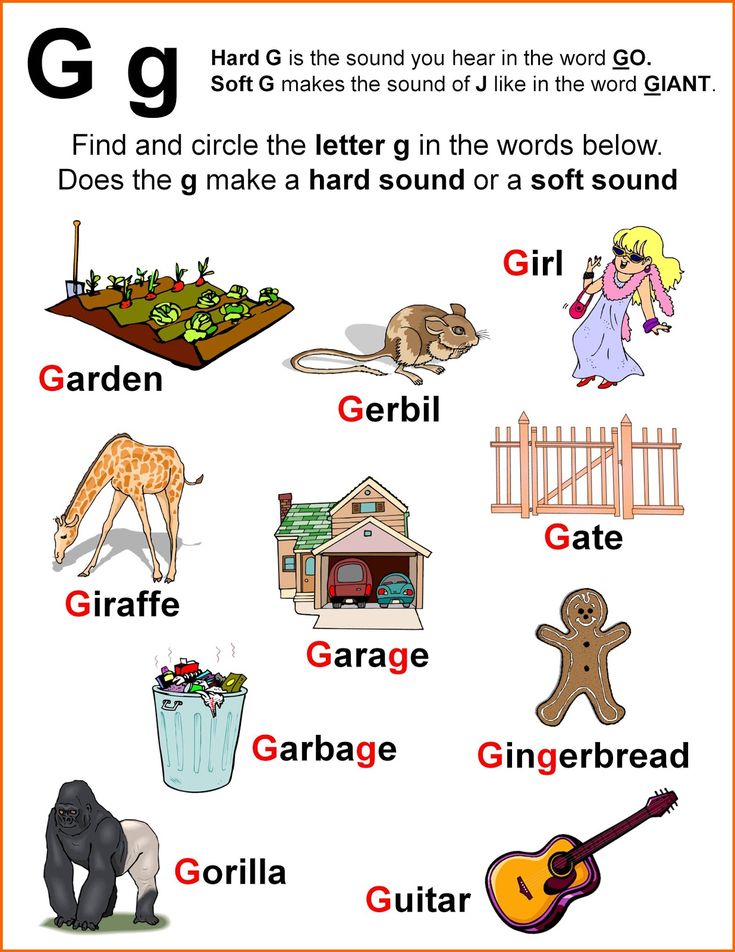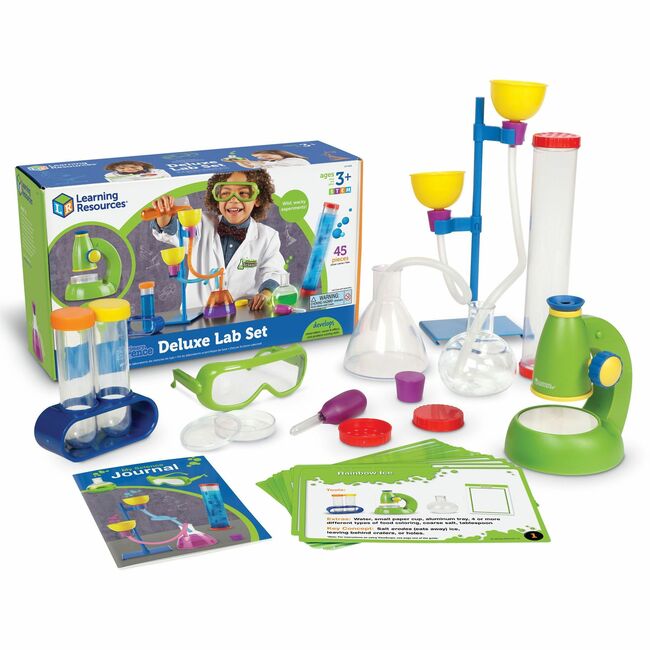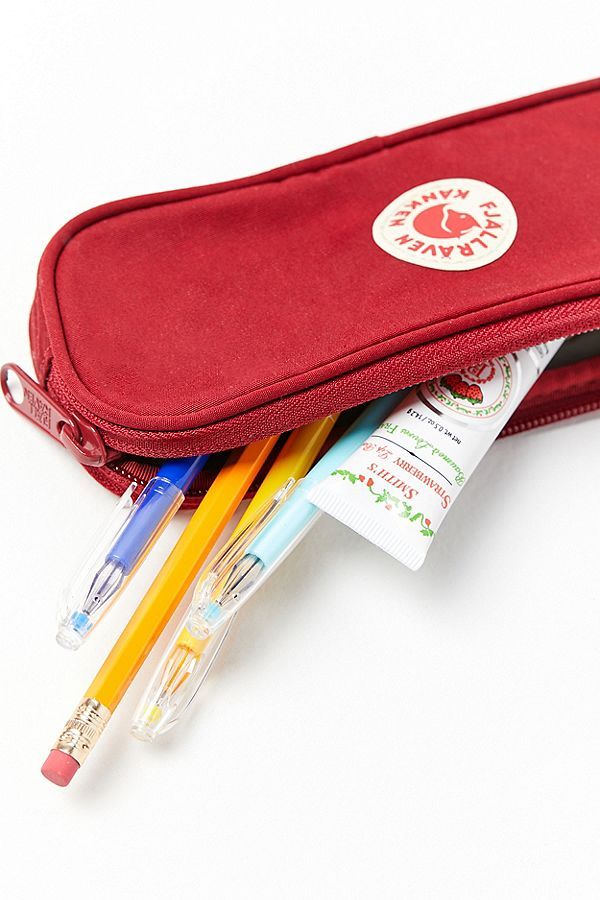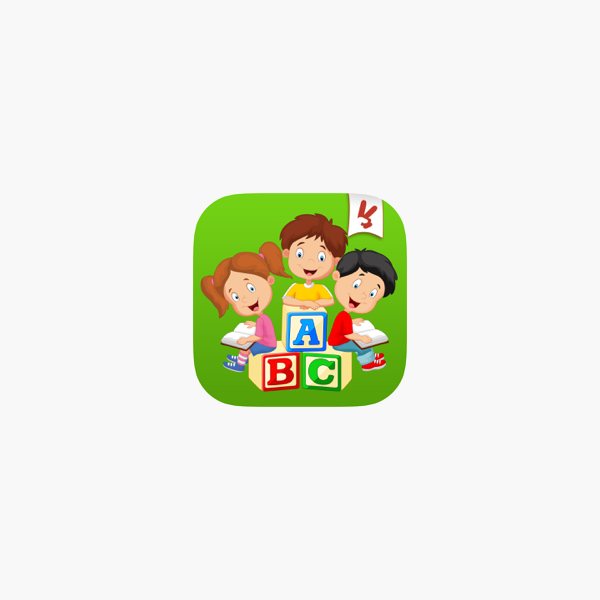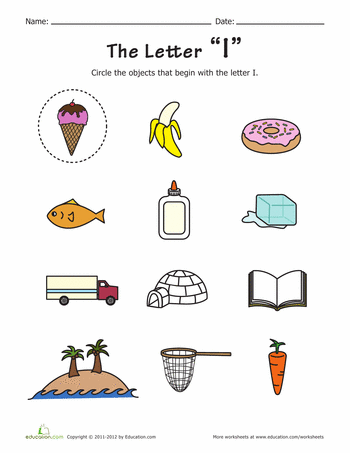Teaching kids gardening
Bright Horizons | Teaching Kids to Garden: Tips & Activities
Article posted by Bright Horizons on June 15, 2020
British horticulturist and garden writer Gertrude Jekyll said, "A garden is a grand teacher. It teaches patience and careful watchfulness; it teaches industry and thrift; above all it teaches entire trust." These are lofty character traits—ones we want our children to gain. Teaching kids to garden also encourages an attitude of conservation and respect for nature. Perhaps most importantly, though, gardening with children is downright fun. Children are natural explorers who find joy in the simple pleasures of planting seeds or searching for earthworms.Gardening doesn't have to be expensive, complicated, or time-consuming. With just a few minutes per week, you can grow a simple garden project with your child. Below are a few ideas to get you started:
Tips for Teaching Kids How to Garden
- Start small.
You don't need a large yard to teach your child about gardening. In fact, small and simple is generally better because children are more likely to maintain interest and less likely to become overwhelmed. Plant beans or sunflowers in cups placed in a sunny window. Grow a tomato plant in a pot on your patio. Or plant a window box with herbs. Use simple projects like these to teach your child about gardening basics, such as healthy soil, sunlight, and water. As your child gains experience and interest, you can graduate to a small vegetable or flower garden.
- Choose high-interest plants. Let your child help decide which plants to grow, based on his or her interests. Cherry tomatoes make a tasty snack and generally produce fruit earlier than larger tomatoes. Leaf crops, such as lettuce and spinach, grow quickly and can be harvested more than once. Radishes, peas, and carrots can be planted in the spring for an early harvest. How about growing a giant pumpkin for carving or some gorgeous sugar pumpkins for pies? If your child has a yen for flowers, consider quick-blooming annuals, such as snapdragons, marigolds, or petunias.
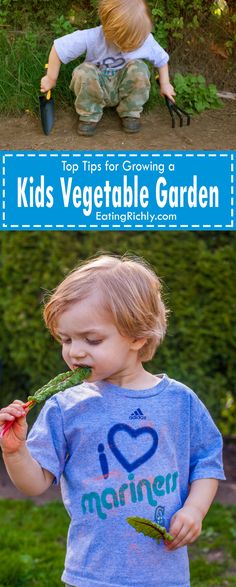
- Use the right tools. Every gardener needs a set of high-quality tools and gardening gloves, and children are no exception. Give your budding green thumb a child-size shovel and hoe, along with a durable pair of gloves.
- Cultivate good habits. Like many things in life, gardening success has as much to do with consistency as with luck or skill. Teach your child to store the tools away after use. Set aside 15 to 20 minutes once or twice a week to tend the garden. Show your child how to pull weeds and water the garden. These experiences offer bite-size lessons in responsibility and organization.
- Eat the fruits of your labors. Children get firsthand experience of the food cycle when the plants they grew appear on your dinner table. Have your child help in the kitchen by preparing and cooking a tasty meal. Make Margherita pizza with tomatoes and basil. Scrub carrots for a quick snack. Slice strawberries for your breakfast cereal.
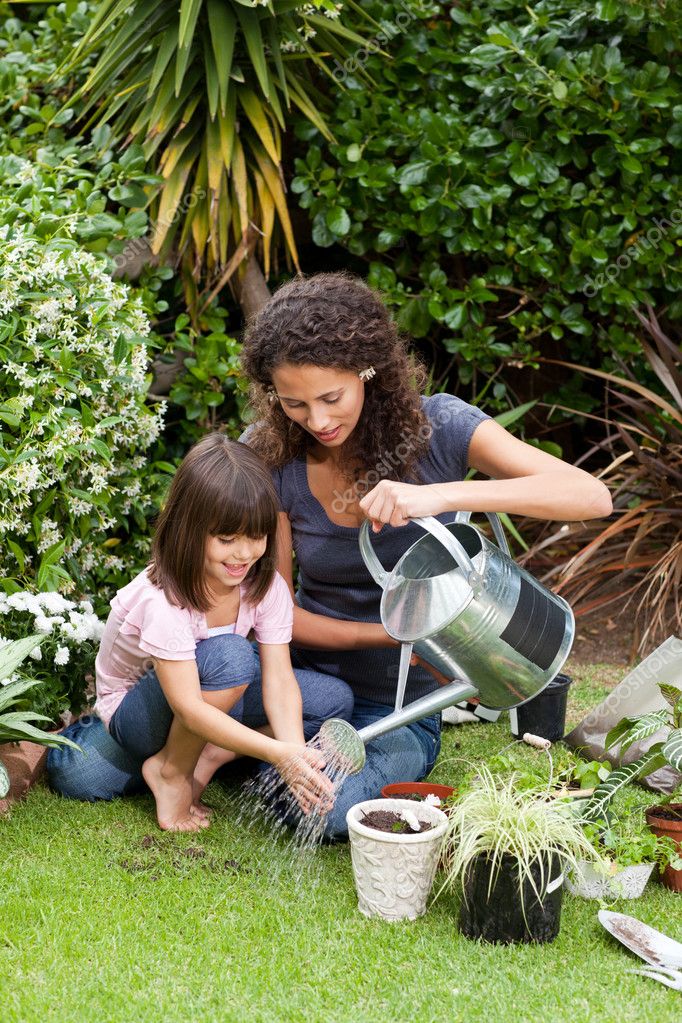 Better yet, invite friends to join the feast or give your surplus vegetables to a food bank.
Better yet, invite friends to join the feast or give your surplus vegetables to a food bank. - Visit a farm or farmer's market. Through gardening at home, children begin to understand where their food comes from. A visit to a farm or farmer's market helps them connect the dots even further and fosters an understanding of and appreciation for the earth and the farmers who work hard to bring us food.
As you plan gardening activities with children, consider the growing season and climate in your area. Choose plants known to grow well there. Think about your schedule, including vacations, and plan accordingly. It's much better to grow a small garden successfully than plan an unrealistic larger project that ends with poor results. Visit reputable local nurseries or your state's online university extension service to learn more about gardening in your area.
More About Children and Gardening
- Watch how you can include babies in gardening through vegetable exploration using their senses.
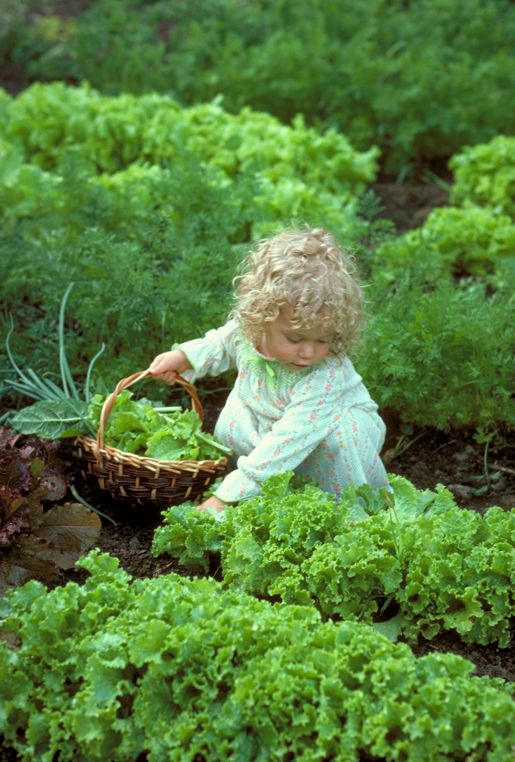
- Learn the important role that the great outdoors plays in a child's development, from learning to emotional to social.
- Find our educator's favorite gardening books for children.
- Find Earth Day activities and ideas to help you teach your children to go green on this special day and every day.
Lesson Plans - KidsGardening
Explore Our Resources
Content Type
- All Items
- Activity(88)
- Create and Sustain a Program(18)
- Curriculum Book(13)
- Design a Garden(13)
- Digging Deeper(44)
- Garden Basics(36)
- Growing Guide(53)
- Lesson Plan(82)
- Recursos en Español(35)
-
Topic
- All Items
- accessibility(9)
- arts(29)
- community service(9)
- culture(54)
- edibles(128)
- environment(67)
- flowers(65)
- food donation(4)
- getting started(76)
- hydroponics(11)
- literature(17)
- math(16)
- nutrition(56)
- plant science(106)
- pollinators(47)
- projects & crafts(115)
- soils(48)
- sustaining a program(22)
- theme gardens(38)
- wildlife(26)
Grade
- All Items
- Preschool(132)
- K-2(176)
- 3-5(211)
- 6-8(154)
- 9-12(124)
Season
- All Items
- Fall(236)
- Spring(236)
- Summer(227)
- Winter(195)
Indoor/Outdoor?
- All Items
- Indoor(210)
- Outdoor(263)
Material is placed in the All-Russian Collection of Practical-oriented Materials “Preschool and Primary Education-Modern Methods and Education Technologies”, July -2021
Kutepova Julia Andreevna, olinichuk Marina Yuryevna
Erokhina Yulia Sergeevna
educators
MBDOU No. 19 "Antoshka"
19 "Antoshka"
Belgorod
Activation of the senses and motor skills, awareness of the importance of environmental protection are just some of the benefits of gardening for children. Gardening helps children explore the world: understand the cycles of life, the seasons and the importance of nature.
Growing your own crops is a great way to help kids understand where food comes from and learn the skills they need. But what can you do with the children in the garden and how involved can they be? Give them simple tasks and use the situation to tell them something new and useful. It is important that children can actually participate in the process without having to worry about dirt. If you are going to often spend time together in the garden, it is worth allocating or purchasing garden clothes and shoes, gloves. Of course, you can take old jeans, but a “working” overalls will be more practical, especially on your knees.
Gardening with small children is a real challenge.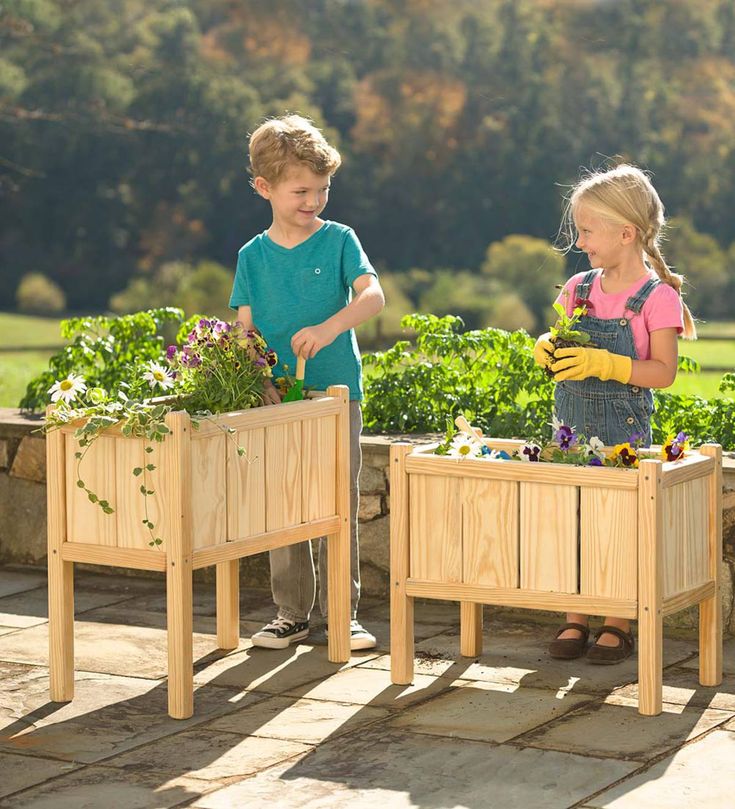 Their boundless enthusiasm and their inability to tell valuable plants from weeds can be a powerful combination that can make you lose your temper. The key to the solution is preparation. You need to think in advance about what you are going to do and what they can do to help, and be prepared for certain actions that are not related to your goals.
Their boundless enthusiasm and their inability to tell valuable plants from weeds can be a powerful combination that can make you lose your temper. The key to the solution is preparation. You need to think in advance about what you are going to do and what they can do to help, and be prepared for certain actions that are not related to your goals.
The best way to teach little ones is to imitate: you plant and they, you weed and they. Your task is to provide a working front, allocate space and tools. Children under 5-6 years old do not need to be criticized, so as not to discourage the desire to engage in gardening and not deprive them of the joy of creativity. Older children should understand how important it is to follow the technology of planting, growing, timely watering, feeding plants, etc. One of the activities in which babies can do more harm than good is weeding.
You won't be able to weed and watch what they're doing, and in the end you'll see a lot of valuables torn out. It is helpful to talk about weeds and show them what they look like. Children will be happy to help in the harvest: they will bring ripe tomatoes or berries.
It is helpful to talk about weeds and show them what they look like. Children will be happy to help in the harvest: they will bring ripe tomatoes or berries.
Advertisement
Another outdoor activity that can be fun is painting a fence, a door, or just a board. It is important to praise the child, tell how he is doing well, and suggest a new place for drawing.
Considering that children have the greatest ability to learn at an early age and that contact with nature, being in nature and growing plants positively affect overall health, reasons for including children in gardening are many.
⦁ Gardening for children activates their senses and motor skills.
In the garden, in addition to being able to touch the soil, use various tools and seeds, children can also notice the differences between different plants in terms of color and size, smell different smells, and hear the sounds of different insects.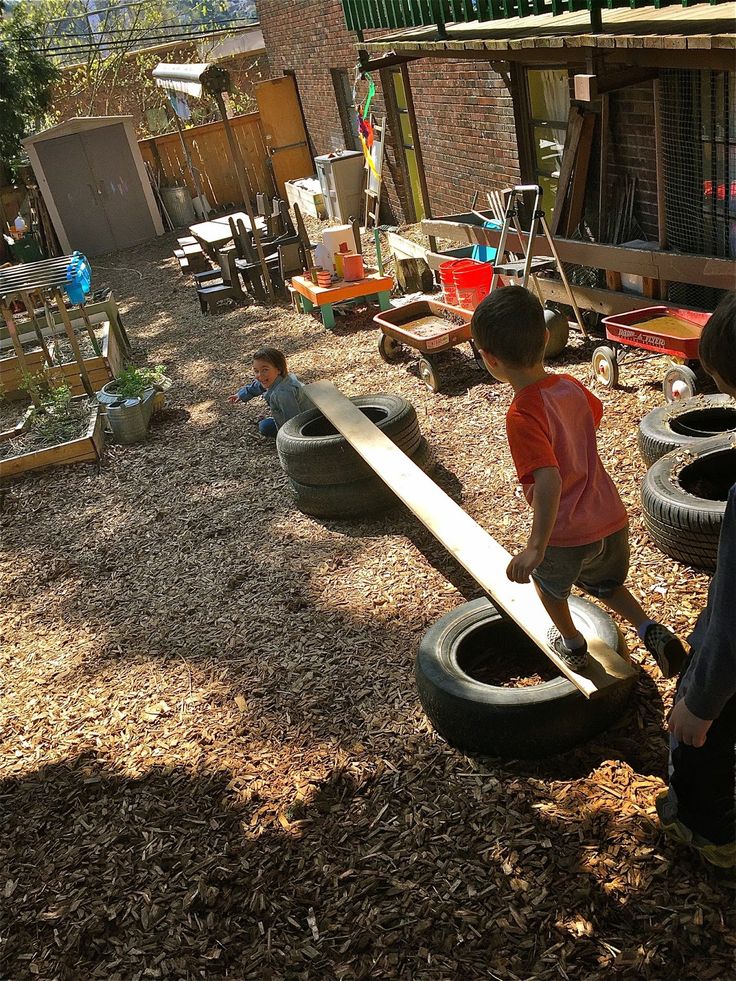 Interaction with the environment stimulates the learning process. Playing with earth, hoes and water buckets, digging, planting, watering, pulling weeds stimulate body movements, especially hands. These activities help develop motor skills and through their own experience children learn what is hard and what is easy, small or big, smooth or rough, cold or warm, dry or wet.
Interaction with the environment stimulates the learning process. Playing with earth, hoes and water buckets, digging, planting, watering, pulling weeds stimulate body movements, especially hands. These activities help develop motor skills and through their own experience children learn what is hard and what is easy, small or big, smooth or rough, cold or warm, dry or wet.
⦁ Children learn about natural processes through play.
From the moment they sow the first seed, they will follow the growth and flowering of plants, the formation and ripening of fruits with immeasurable curiosity. They will have countless questions and therefore learn about natural processes. They will learn about the importance of insects and worms to plants and understand that everything in nature is interconnected. Comparing plant growth and fruit size, counting seeds, fruits or flower petals are fun games for kids, and recognizing plants by their appearance and name is a great memory game.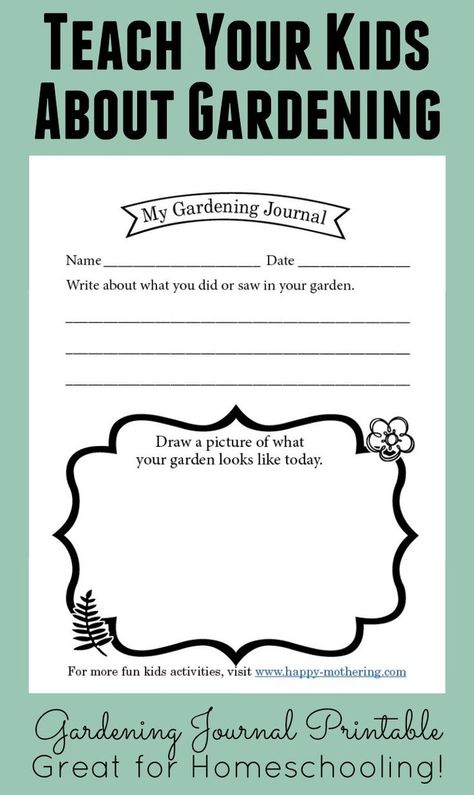
⦁ They acquire responsibility, patience and understanding of the importance of the environment .
By actively gardening, children quickly learn that they need to be patient and responsible and wait for the seed to germinate so that their plant can grow and bear its first fruit. They learn that it is necessary to water them regularly, clear weeds and dig around them, that plants need enough sunlight and wait for the seed to grow into a plant. They will quickly understand why it is so important to take care of the environment. This is an opportunity to learn about pests, pesticides, pollution and recycling.
⦁ Gardening builds self-confidence and healthy eating habits.
Planting and growing plants, picking fruits and vegetables, peeling vegetables, and involving children in cooking from the plants they helped grow will certainly make you want to taste and eat the food they prepare. They will be happy to try vegetables and fruits that they themselves have planted and grown.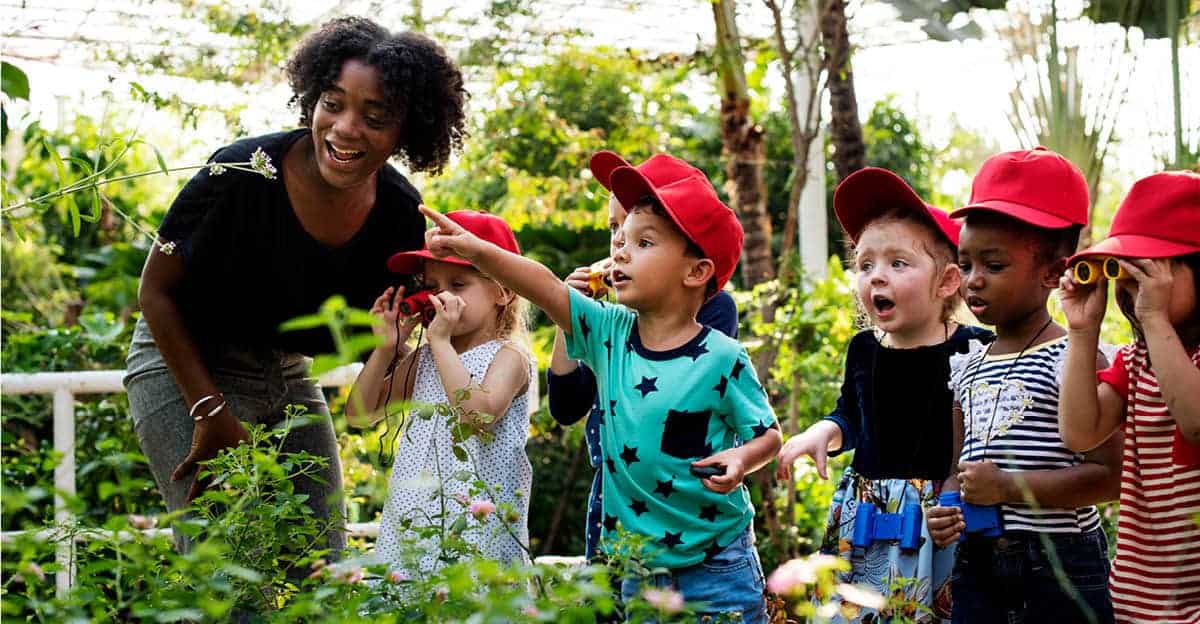 This is the best way for kids to understand the importance of healthy food and proper nutrition.
This is the best way for kids to understand the importance of healthy food and proper nutrition.
5. Excellent family and preschool activities.
Gardening can become a family tradition that brings the whole family together at the same time every year. Parents and children will spend quality time working as a team, and later they will all participate in cooking, which is a rarity today. Studies have shown that the benefits of gardening improve mood and that it has a positive effect on the health and quality of life of both adults and children.
How to teach gardening to children plus a selection of seasonal tips - AgroXXI
Why is it important to introduce children to gardening and how best to do it, says Anastasia Sorokina, a well-known landscape designer questions of the AGRO XXI portal. Of course, the advice of a professional will come in handy for many big and small gardening enthusiasts.
- Tell us a little about yourself and your activities.
- My name is Anastasia Sorokina. I am the head of the Evaksi company, a landscape designer with a specialized education and a mother of two children.
Anastasia Sorokina. Photo: Sergey Pavlov.
I have been working in the field of landscape design and gardening since 2006. For 12 years there were different objects, large and small.
The most significant for me were the Zaryadye Park, the Glass Bark site, the central squares of Sevastopol, the private garden project in Anapa and, of course, projects for children, school and preschool kindergartens.
Life moves on, and so do I! Every year I take part in landscape competitions, Russian and international, participate in seminars, festivals and constantly improve my skills.
- Why has the interest in gardening grown so much lately?
- At the present time, when the city dweller is already tired of the glut of information, when the flow of advertising and information is endless, then gardening is exactly what allows you to relax and unwind, change the rich picture to a calmer one.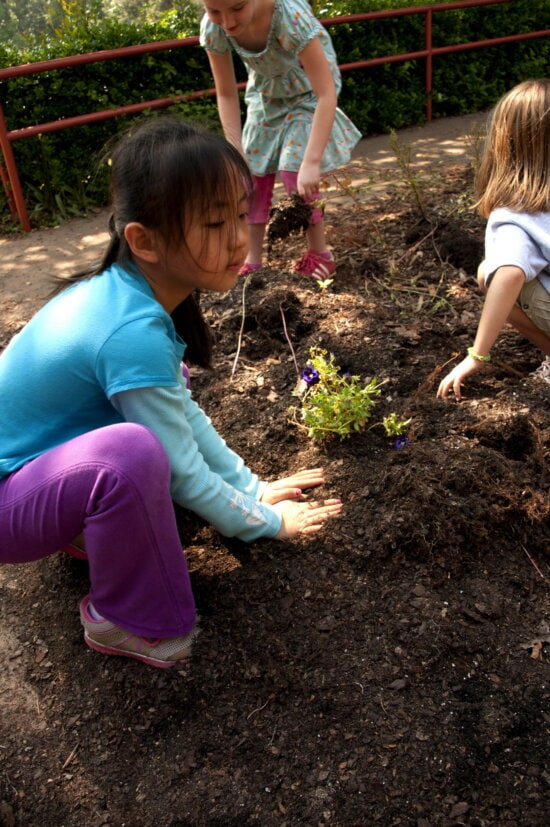 We all know that green color has a calming effect on a person. By myself, I can say that every day I go out into my garden to tune in, discard all unnecessary thoughts and start the day with new goals and tasks.
We all know that green color has a calming effect on a person. By myself, I can say that every day I go out into my garden to tune in, discard all unnecessary thoughts and start the day with new goals and tasks.
Plants in the garden of Anastasia Sorokina. Photo: Anastasia Sorokina.
Therefore, I would even recommend (!!!) to do gardening as often as possible. Whether it's a winter garden, the only plant in the interior or a whole area with green spaces.
- What are the most popular crops and what is the best to grow in the Central Federal District?
- Orchards are very popular both before and now.
They mainly grow apples, pears, plums, currants, gooseberries, honeysuckle, blackberries, and raspberries.
Three apple varieties on one tree. Photo: Anastasia Sorokina.
But now more and more often I see that people began to add decorative crops, perennials and cereals to orchards.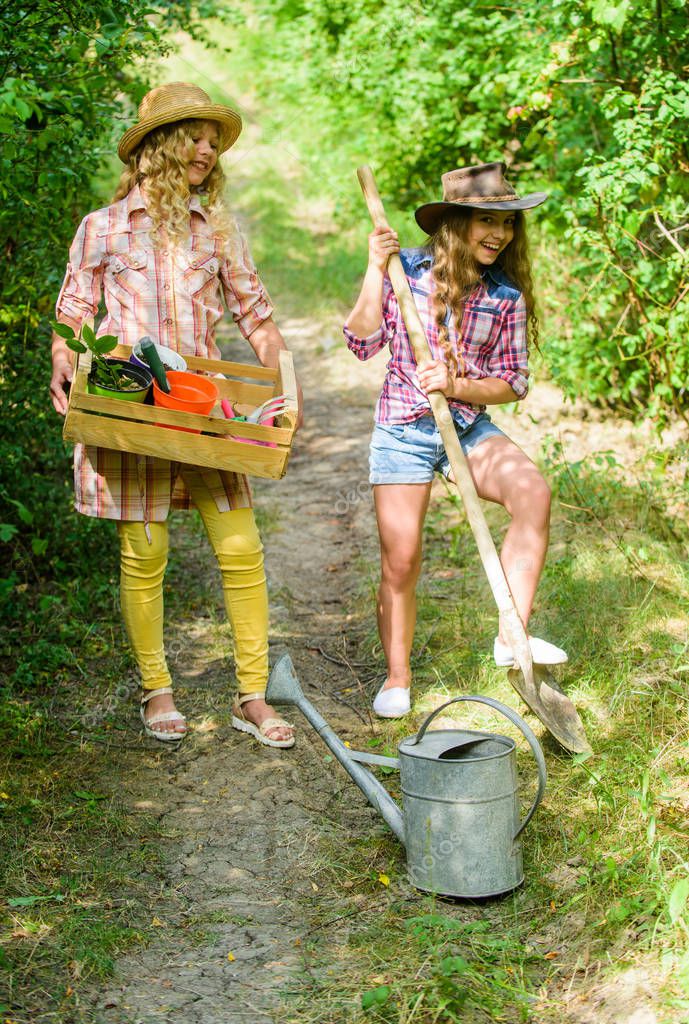
After all, it is quite laborious to constantly mow the lawn between trees and shrubs, especially when it is not one or two trees. Therefore, unpretentious perennial crops are added between plantings and in near-stem circles, which tolerate shading from tree crowns, are drought-resistant, and are decorative by flowering or foliage color.
If we talk in general about the range of plants for growing in the Central Federal District, then first of all these should be plants from our climatic zone. Let me explain. Surely many people know that there is a map of winter hardiness of plants, where our entire country (and not only ours) is divided into zones. For example, the Moscow region belongs to the 4th zone, Moscow - to the 5th. Of course, this is not the only indicator of successful and durable plant growth on your site, but it must be taken into account.
Now there are a lot of new products on the market, apricots, sumacs, yuccas and other "southern" residents. Personally, I am against experiments on plants and, given the experience of observing such crops, sooner or later nature takes over and these plants “leave” the plots due to freezing, wetting, scorching, damage by fungal diseases and pests.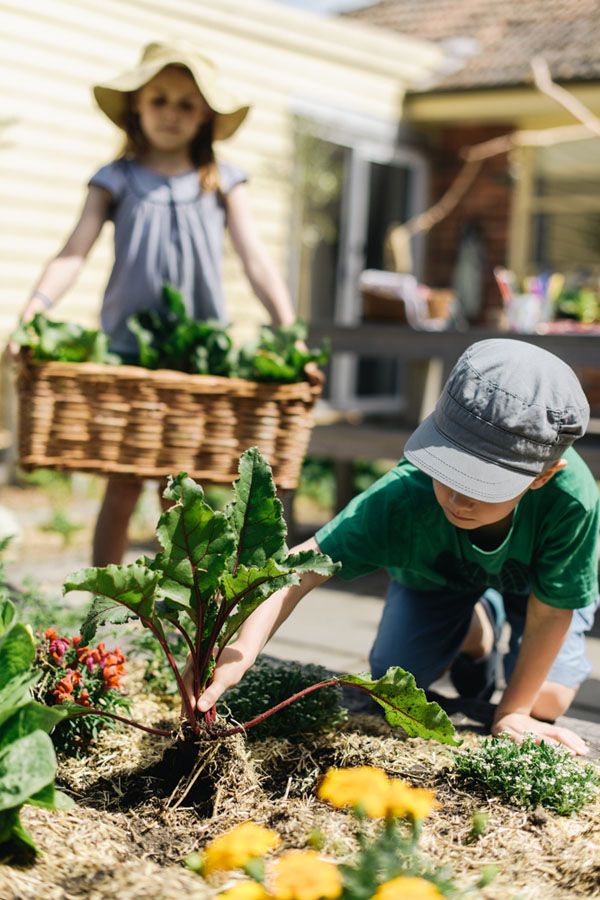
Look around, go into the woods...what grows there? Norway spruce, common pine, hazel, elderberry .... Here is a small list of optimal plants for growing in the Moscow region. Bored, want variety? Then you can use the varieties of these and similar plants, which are now quite a lot.
Photo: Anastasia Sorokina.
- What are your favorite fruit trees and shrubs and why?
- The orchard is a sore subject for me. Probably because I have seen too much of the plots exclusively with fruit trees and shrubs, they have become boring to me, I want variety so that the garden changes.
Speaking of diversity, I do not mean the whole palette of plants offered on the market, but the difference in plants in crown shape, height, leaf blade shape, differences in the color of inflorescences, at the beginning of the growing season, and so on.
Isabella grapes have taken root very well in Anastasia's dacha. Photo: Anastasia Sorokina.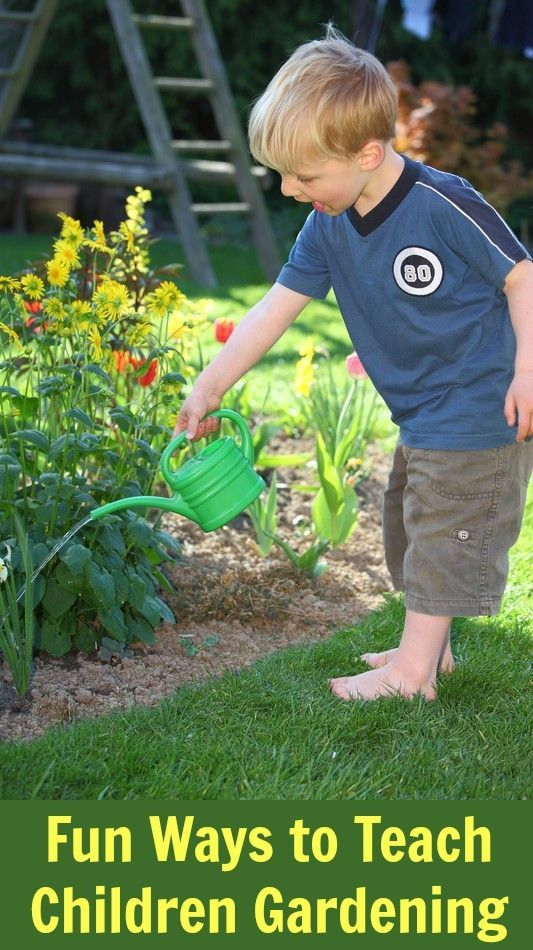
Therefore, at this stage of my life, I gave my heart to ornamental plants, such as spirea (various species), white and offspring sod (in winter, planted in a group, they are beautiful with their scarlet and olive color of young shoots), Cossack juniper, lindens, ornamental apple trees for their fabulous flowering in spring, perennial plants and cereals, which are each good in their own way and this list is different for each garden.
- Is it difficult to teach children and teenagers gardening - is it more difficult than growing vegetables?
- Presentation is very important in any training! I remember this from school, that the perception of information depends on the teacher and his manner of presenting information in an interesting, lively way.
I don't see working with children as a learning process. For me, this is at the level of emotions, I just share my knowledge and experience with them. As a rule, this happens during planting, that is, there are no separate lectures, all communication takes place after planting.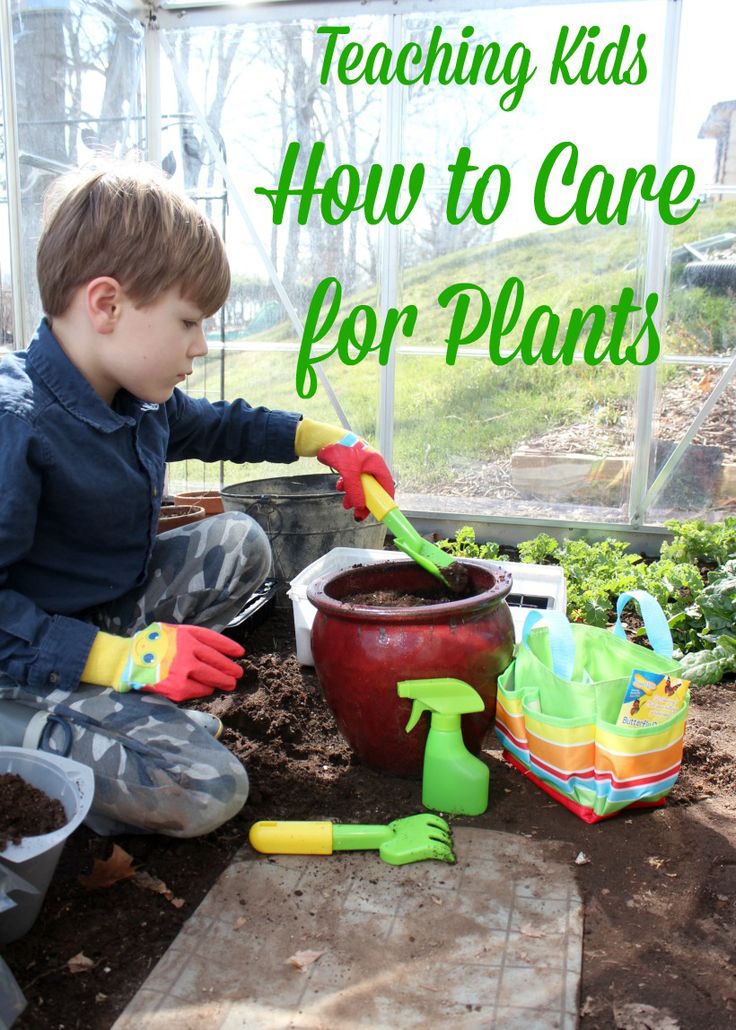 And as for vegetable growing, this is not mine !!!! Here I am a theorist, not a practitioner, I don’t get vegetables or I just don’t know how to cook them (just kidding).
And as for vegetable growing, this is not mine !!!! Here I am a theorist, not a practitioner, I don’t get vegetables or I just don’t know how to cook them (just kidding).
Photo: Sergey Pavlov.
- Why is it important for children to teach agro and at what age is it better to do it?
You know, now I judge my children more, because I didn't have a long-term job of rearing with one group of children.
So, first of all, this is a personal example. When I do something in my garden, the children become interested and they want to help me and plant something of their own, which can be looked after and looked after, or plant something together.
My children got acquainted with the garden even at the “pram age”, when they were attracted by leaves, twigs, insects during a walk in the garden in the fresh air ... And already at a conscious age, at the age of 4, they began to be interested in planting, further cultivation and care.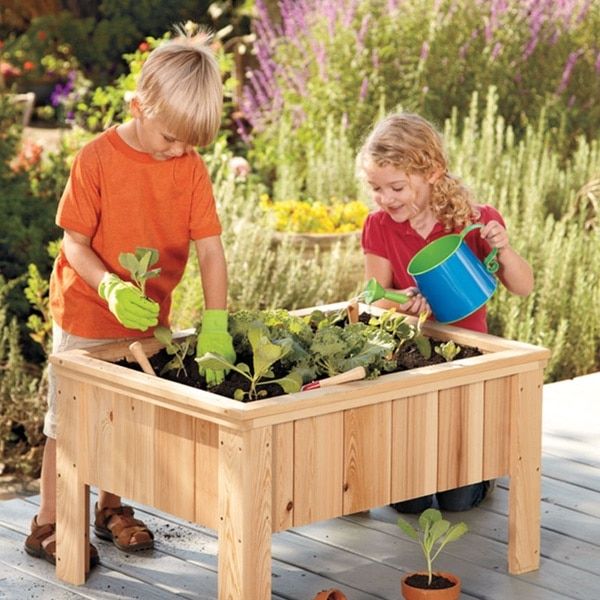
Anastasia's son Ivan helps his mother in the garden. Photo: Sergey Pavlov.
Why is it important from an early age?
- It becomes easier for them to study at school, especially in subjects related to the outside world.
- Observation and analysis skills develop. Children are generally more observant, because from an early age they are surrounded by such a variety of living organisms.
- They are more careful about nature, because they know how it all grows and that the process of growth, for example, from a seed to a mature tree takes years.
- They know what grows in the garden, what can be eaten and what not. I have poisonous plants in my garden and the children know not to eat them. It is also important that they understand this.
- -To get flowers, fruits or berries from a plant, it needs care, watering, weeding, mulching, etc., nothing falls from the sky, it's work!
Slightly digressing from the topic… At school, one of the children had a comical situation for me, when one parent offered to buy each child a book with the smell of a goat, some berries, fruits and other things as a gift, I don’t remember the full list. For me, it was somewhat shocking, but, unfortunately, this is our reality ... According to this parent, many children do not know these smells, which is very sad. And that's exactly why, at the end of my list, it is important to introduce children to gardening and everything connected with it!!!
For me, it was somewhat shocking, but, unfortunately, this is our reality ... According to this parent, many children do not know these smells, which is very sad. And that's exactly why, at the end of my list, it is important to introduce children to gardening and everything connected with it!!!
- Are there any peculiarities in teaching gardening to modern people who are just starting the practice?
- The only difference is knowledge and experience. And then, if a person is drawn to gardening and he is interested in it, then he himself will seek out and draw information from various sources as much as possible. And here the question is only in filtering this information and applying it in practice, based on experience.
That is, someone has knowledge, but no experience, someone has the opposite. And these are certainly different groups of people with different needs for information.
- Your advice to beginner gardeners in winter - what not to do on the site so as not to damage the plants.
- There are so many articles on the Internet on the topic of what to do, what to repeat and I will not write a similar text. I'll tell you exactly what not to do!
1. Do not prune maple and birch at the end of winter. These species have early sap flow and juice will ooze from the cut, the tree will “cry”. If there are many cuts, then the tree may die.
Maple weeps in spring when damaged. Photo: Anastasia Sorokina.
2. Do not remove snow from tree rings. Snow protects the root system in winter from negative temperatures, and in spring, as it melts, it saturates the soil with moisture. Shaking off snow from coniferous plants, and this must be done so that the branches do not break, throw it into the trunk circle.
If you don't shake off the snow, it can turn out like this... Photo: Anastasia Sorokina.
3. Do not break branches! If suddenly it breaks, then it is better to take a pruner and make a cut with it or with a lopper, garden saw, depending on the thickness of the branch.

